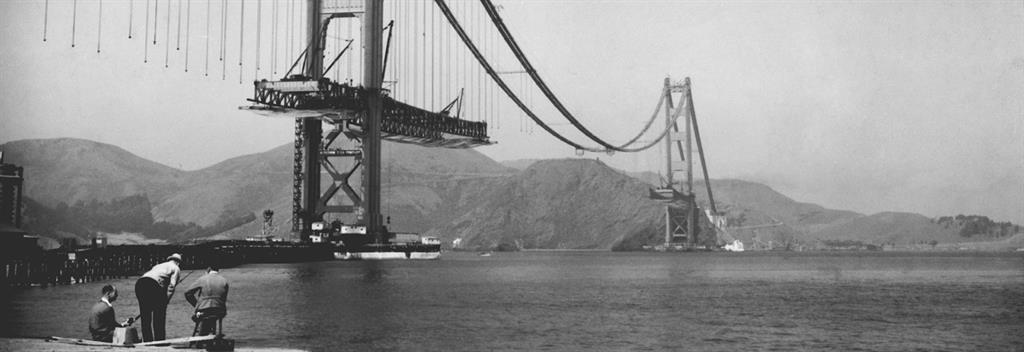There is no argument that Pennsylvania manufacturing played a large part in the Civil War, World Wars, Korean War, Vietnam War, and building America’s infrastructure as we know it including battle ships, railroads, skyscrapers, major bridges and beyond.
Today manufacturers in Pennsylvania account for 11.7 percent of the total output in the state, employing 9.3 percent of the workforce. Total output from manufacturing was $87.65 billion in 2017. In addition, there were 552.5 manufacturing employees in Pennsylvania in 2017, with an average annual compensation of $72,151 in 2016.
Manufacturers help to drive Pennsylvania’s economy, with $33.86 billion in manufactured goods exports in 2017. That same year, $16.96 billion in exports was with our free trade agreement (FTA) partners. This helps create jobs in the state, and 19 percent of its employment stemmed from exports in 2011. Small businesses comprised 89 percent of all exporters in Pennsylvania.
Pennsylvania has a rich industrial history. From the earliest days of settlement of what would become the United States, Pennsylvania has been at the center of country's industrial development. Throughout the years, industries like iron, coal, steel, and lumber made the state an important cog in America's development.
With that come a long history of industrial and manufacturing firsts. Scranton, in the northeastern part of the state was the first city in America to be electrified. Titusville, Pennsylvania was the birthplace of the oil industry. Iron production first began in this state in 1716 and within 100 years Pennsylvania’s coal was fueling the Industrial Revolution.
Philadelphia became known for manufacturing textiles, chemicals, metals, furniture and pharmaceuticals. Perhaps no business, industry, or institution – however – illuminates the history of the Greater Philadelphia region from the seventeenth century to the present day more clearly than shipbuilding and shipyards.
As early as the 1640's Swedish boat builders fabricated several small craft on the Delaware River in their short-lived New Sweden colony, but large-scale shipbuilding started when William Penn (1644-1718) settled his great proprietary grant of Pennsylvania between 1681-1682.

The general pattern of the state's industrial development had been established by the Civil War, characterized by, "a great variety of manufactures well scattered." Since many firms served primarily local markets, Pennsylvania industry consisted of an unusually large number of companies. For example, in 1860, Pennsylvania and Massachusetts had similar industrial employment and output, but Pennsylvania had three times as many establishments. Nearly a century later, two-thirds of all the varied types of industrial commodities manufactured in the United States were produced in some quantity in the Keystone State.
During the Civil War, more than 50 infantry and cavalry regiments were recruited fully or in part in Philadelphia. The city, was the main source for uniforms for the Union Army, also manufactured weapons and built warships.
Bethlehem became a center of heavy industry and trade during the industrial revolution. The Bethlehem Steel Corporation (1857–2003), founded and based in Bethlehem, was once the second-largest steel producer in the United States, after Pittsburgh, Pennsylvania-based U.S. Steel. Bethlehem Steel was also one of the largest shipbuilding companies in the world and one of the most powerful symbols of American industrial manufacturing leadership.
Bethlehem Steel began producing the first wide-flange structural shapes made in the United States and they pioneered the production of the now-ubiquitous "I-beam" used in construction of steel-framed buildings, including skyscrapers. It manufactured construction materials for numerous New York and other city skyscrapers, as well as for major bridges.

The company became a major supplier of armor plate and ordnance products during World War I and World War II, including the manufacture of 1,100 warships. After roughly 140 years of metal production at its Bethlehem plant, Bethlehem Steel ceased operations there in 1995, in the face of overseas competition and declining demand.
Lying 40 miles south of Bethlehem and 40 miles northwest of Philadelphia is the city of Pottstown. William Penn deeded the land, which is now Pottstown and the surrounding area, to his son John in 1701. As early as 1714 the first iron forge was built. By the 1720’s, the first blast furnace was in operation for the production of cast iron and wrought iron. In 1732, the first steel furnace was in production in the Pottstown area. The Potts family, who were iron masters, moved to the area and established a forge there.
Pottstown's iron and steel interests were once very extensive. There were large rolling mills, furnaces, nail works, textile mills, bridge works, agricultural-implement works, boiler and machine shops, foundries, and manufacturers of bricks, silks, shirts, hosiery, etc.
The Philadelphia & Reading Railroad mainline reached Pottstown in 1838. The extension of the railroad to Mount Carbon in 1842 facilitated the movement of raw materials and finished goods that helped Pottstown's economy grow. Pottstown's metal production grew; steel from the borough was used in the Panama Canal and Golden Gate Bridge.
The list of brand-named products manufactured in Pennsylvania is iconic to say the least. That list includes, but is not limited to:
- Woolrich Outdoor Clothing (Est. 1830)
- Bollman Hats (Est. 1860)
- Martin Guitar (Est. 1833)
- Zippo Lighter (Est. 1933)
- W.R. Case and Sons (Est. 1889)
- Channellock Tools (Est. 1886)
- Bluestar Stoves (Est. 1880)
- Kepner Scott Shoes (Est. 1888)
- Harley Davidson Motorcycles (Ext. 1901)
- Mack Trucks (Est. 1900)
- Pyrex Glassware (Est. 1915)
- Just Born candy (Est. 1923)
[Sources: National Association of Manufacturers, Wikipedia, Rodon Group, Explore PA History, Penn Live, Borough of Pottstown]